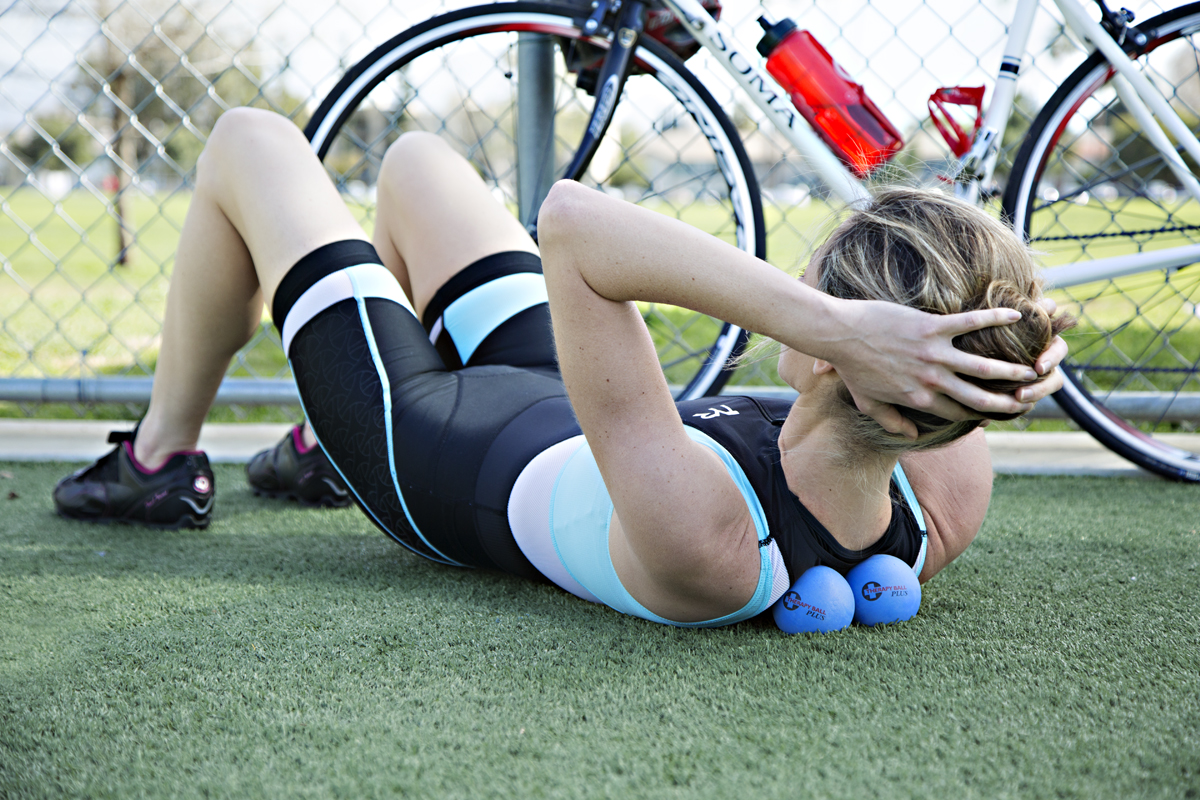
We’re wrapping up a “greatest hits” tour of release and mobilization techniques for Cyclists.
Our tour was at first inspired by cyclists’ needs, but it is highly appropriate for everybody. We’ve made our way from the feet, through the legs and hips, and up to the upper back. Now it’s time to address more of the upper body.
Cyclists, and indeed anyone who works at a desk, can have a tendency to carry tightness through the front of the shoulders and even up into the neck. With that in mind, let’s find a release for the pectoralis muscles of the chest, and then we’ll finish our tour with a relaxing treat for your neck. Hopefully you still have your pair of Yoga Tune Up® Therapy Balls, some wall space, and some floor space.
Pec Massage for Cyclists
Pick a side of your chest to begin on and find the upper fibers of your pectoralis major. Feel for the soft tissue just below the collarbone about halfway between the shoulder and the breast bone that activates when you adduct your shoulder (bring your arm closer to your body, as if to pin it to your side). Hold a ball there, turn to face the wall, and lean in to sandwich the ball between you and the wall. You should no longer need to hold on to the ball. From here, make a cactus arm on the same side of your body as where you placed the ball so that your arm is raised out to the side, elbow bent 90 degrees, fingers pointing to the sky, palm on the wall. Turn your head away from your raised arm to wind up the targeted tissues a bit more. If you can, mobilize your arm, gently reaching up and back down. Keep the forearm and hand in contact with the wall. Hang out and breathe at any tight spots. Switch sides when you’re ready. Also check out this video from YTU teacher Brooke Thomas for a fantastic targeted release of your pectoralis minor.
Mobility Exercise for Forward Cross Syndrome
Next, we want to capitalize on the release we’ve found for the front of the chest with a stretch that will promote the opposite of that hunched posture and internal rotation at the shoulders. Stand with your front body perpendicular to the wall now, about an arm’s distance away so that you can reach out, shoulder in external rotation, and place your palm on the wall at about shoulder height with fingertips pointing back behind you. Keep a slight bend in your elbow. With your hand glued to the wall where it is, begin to slowly rotate your entire body away by stepping with your feet in the direction you want to turn. Turn until you feel a gentle stretch in the front of your shoulder. I feel the stretch all the way down my arm and into my hand. Hold for a few breaths and then switch sides. Here’s Brooke again with a similar stretch you can do on the floor called Open Sesame.
Neck Massage for Cyclists
Let’s finish with a treat for your neck. Take your time with this one and really let yourself relax. Your neck will thank you for giving it a break from holding your head up so you can stare at the computer screen from your desk, or watch the road in front of you from your bike seat (especially if you spend some of your time trying to look forward from an aero position). Here’s Jill to demonstrate the sweet sweet relief.
We’ve covered a lot of ground with our greatest hits tour, and Jill Miller’s book The Roll Model contains even more targeted sequences, but you don’t have to perform all the moves and techniques, all the time. Developing an intelligence and understanding of your own body and which moves are the most appropriate and effective for you is key.
Using Massage Balls as part of your Active Recovery routine.
Use the balls to help provide feedback to identify what’s tight, sore, or may be the beginning of an injury. Find the main areas that need constant work and give the best return on any time spent rolling them out. Then commit to a regular maintenance routine. Dedicating just a small amount of time can have big payoffs.
The Importance of Mobility for Cyclists
Including mobilization work as a regular routine can make you more resilient to injuries and make you more comfortable on the bike – if that’s your thing. But it is also important to keep in mind that many factors can influence your athletic performance. Mobility work should be but one tool in an arsenal that includes intelligent hydration and recovery, appropriate functional strength training, and – for cyclists – proper bike fit. If you’re struggling from long term, persistent, or ride stopping pain, it’s a good idea to check in with a physiotherapist, osteopath, or medical professional. You should also aim to book a bike fit carried out by someone who will look at your own flexibility and weaknesses, as well as riding style and volume.



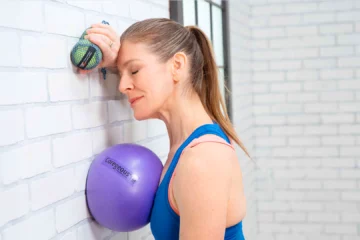
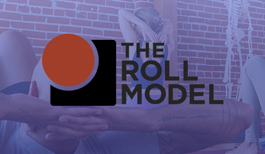



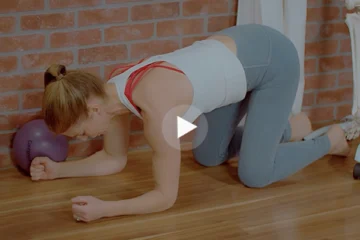
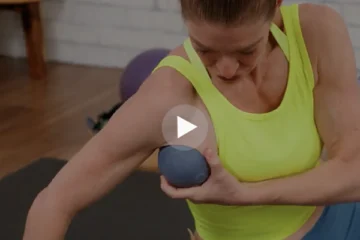


Cycling 40 hilly miles yesterday – off to do these YTU ball massages and mobility exercises. Thank you!
Loved the pec minor and the neck release these exercises guided me through! I cycle quite a bit and find that, despite trying to maintain good posture, I still end up tight in the chest and neck! Thank you!
These are great rollouts for post-bike recovery! It’s an easy antidote to stiffness from a long ride in aero position
Lovely sequence! Both my partner and I did the exercises together and both very much enjoyed it. Living with the mentality of all or some instead of all or nothing, where that little bit counts if you do it consistently, is where I am trying to shift my mind to.
Both of us almost nodded off in Open sesame as we got lost in our deep breathing and letting the floor and gravity do their thing!!
Thank you for this beautiful sequence! Indeed, the balls do me a lot of good after a long day of sitting or when I give massages. It allows me to preserve the health of my shoulders!
Everyone can benefit (not just cyclists!) from these exercises to open and loosen the muscles of the shoulders and neck. Open Sesame looks intense, but I can’t wait to try it for my tight pecs.
Open Sesame – love that one. For some reason I always call it arm pigeon.Not really sure where that came from! Passing this along to my sister who is a competitive cyclist and experience neck/shoulder issues.
We did the pec release in the YTU cert training yesterday, and I was shocked (though I shouldn’t be) at how tight I am. I bike everywhere in Chicago, and am on my bike anywhere from 20 minutes to a couple of hours total nearly every day. This was such a great series of releases for me that opened up so much.
Man, I wish I could have discovered this back when I began cycling! Better late then never though. I have such a love/hate relationship with rolling my pecs now! Something I hope to share with my students:) With all the forward slouching and reachig we do, this three phase sequence is a lovely way to re-set the posture. Can you suggest targeted exercises that could be added as a fourth phase to help counteract the shortened pec minor and improve poise?
Great choice of exercises . Thanks!
I agree that we forget frequently to look at the upper body on the cyclists. I can not wait to see if this exercise will make a difference on my comfort on my bike.
Great work !
Excellent comprehensive approach to relieving neck and shoulder tightness for all. Thank you.
I love pec minor release with the ball, but I find that Open Sesame doesn’t do much for my pec minor, it just kind of gets into the front of my shoulder. I find when I angle the arm down (<45 degrees abduction) I feel it more in the pec minor and less in the front of the shoulder.
I love the open sesame exercise, but I like to have the elbow bent in 90* (elbows just one inch closer towards the front of the room than the shoulders) – it is just harder to go too far, the head of the humerus is not pressing into the labrum so much
These are great! The key is to commit to a regular maintenance or rolling routine to have long lasting affects.
I’m looking forward to practice Open Sesame with the ladies in the office. For almost 10 hours a day they sit at their desk on their computers or neck torqued while they talk on the phone. This will help them tremendously! Thank you.
Great post… my pec minor is thankful!!!
Thanks for sharing a simple but effective (and definitely essential release and stretch) for our hunched forward lives! I had never tried the Open Sesame with both knees pointing up for the deeper rotation, I will have to try – I’m sure it really adds to the intensity of the stretch.
I definitely think anyone, even non-cyclists can benefit from this information given that we are constantly hunched over at our desks, on our phones/computers etc. I really appreciated the open sesame demo video and think it would be a great addition to any yoga class, especially heart opening classes.
Even though this blog post was written with cyclists in mind, I truly believe anyone would benefit from this routine. What I particularly love is the idea of capitalizing the release of the pectorals minor by immediately stretching it after rolling. I will definitely give this a try!
What an awesome blog. Not only do I love the targeted release guides, the videos are a treat. The neck release hit home for me. As a fitness professional, I teach cycling as well as sit at a computer. I experience tightness often. I’m lucky to have a pair of tune-up balls that I plan to use as demonstrated. Relief here I come. Thanks Jill.
Thank you Mandy! That was a wonderful way to release and lengthen the pecs. I often find my pecs minor to be tight and will surely try the sesame stretch.
This is great! I also love to roll out and strengthen the upper traps, rhomboids, and supra and infraspinatus muscles as many cyclist find themselves “locked-long” here.
Thanks Mandy! I teach a yoga for road cyclists workshop twice a year and I’m excited to incorporate “Open Sesame” for the first time. I have shortened pec minors, so this post is a great reminder for me as well, and I will start incorporating the internal rotation in the rollout on the block. Great tip!
I like the pec minor stretch. Thank you for sharing I can add a new home care exercise to my tool box for my clients. I usually just use the wall but the Yoga block will help to be more specific.
These release and mobilization techniques are great for everyday activity and help with self care. Being aware of other tools can enhance your performance . For cyclists, the proper bike fitting and technique is crucial and can make or break your experience. Thanks-Great advise!
I love the open sesame stretch and give it all the time to my patients who are stuck at a desk for a long period of time. This really helps reverse the effects of poor sitting posture and prevent impingement symptoms!